Are your customers getting the message?
A Guide to Accessible Design
Accessible design continues to gain popularity, marketers are increasingly prioritising accessibility as an integral aspect of their content strategy. Around 75% of design projects in 2022 considered accessibility as a core requirement, influencing tool and trend choices.
By embracing accessibility in marketing materials, businesses not only demonstrate their commitment to diversity and inclusion but also unlock opportunities to engage with a broader audience and enhance their brand’s reputation.
Accessibility encompasses more than just placing content online. It involves ensuring that your content and design are clear and straightforward enough for most individuals to view and comprehend without requiring them to significantly adapt it.

Building on a foundation of original design principles, you can increase accessibility through several considerations:
Content
In marketing, straight-to-the-point copy cuts through the noise and delivers a clear message efficiently. It focuses on conveying key benefits and calls to action succinctly, grabbing the audience’s attention and driving them to take the desired action. By eliminating unnecessary words and jargon, the copy communicates the value proposition quickly and effectively, making it more memorable and compelling for the audience.
Audiences with learning difficulties can in some cases appreciate concise sentences without Jargon. For example, some consumers with dyslexia welcome the use of images and diagrams to support their understanding of text, with the addition of bullet points to aid legibility when there is a large amount of written information.
When designing for digital output, ensuring buttons are clear and descriptive such as ’attach files’, in favour of ambiguous or unpredictable text such as ‘click here’, will also help the accessibility of your design.
Design
White space, also known as negative space in design, is crucial as it enhances readability, improves comprehension, and allows the content to ‘breathe’. Negative space creates visual balance, directs attention, and can provide a sense of elegance and sophistication to the design. Effective use of white space can elevate the overall aesthetic appeal and usability of a design, making it more engaging and user-friendly. Paragraphs and paragraphs of dense text can be particularly off-putting for those with accessibility needs; consider breaking up content with sub-headings, bullet points, negative space, images and videos.
Colour contrast
Users with visual impairments can find it difficult to differentiate between colours if the contrast is not large enough – this should be considered when choosing colours in your design. There are software programmes that will test colour contrast for you such as TPGA’s Colour Contrast Analyser (CCA). The colour contrast checker can be used on websites, during app development, designing social media graphics, PowerPoint slides, PDFs and InDesign files.

Technology
You can optimise digital marketing materials by designing them to be compatible with assistive technologies, such as screen readers or voice recognition software. The table below outlines some considerations to increase accessibility, particularly within digital marketing.
| Marketing Accessibility Considerations | |
| Readable Typography | Avoid decorative fonts and ensure adequate font size. |
| Colour Contrast | Ensure there’s enough colour contrast between text and background. |
| Alternative Text (Alt Text)* | Provide Alt text. Alt text is copy that describes images or appearance allowing screen readers to describe visual content. |
| Keyboard Accessibility | Design interfaces that can be used with only a keyboard, so as not to exclude users who cannot use a mouse. |
| Accessible Forms | Ensure forms are easy to navigate and have clear instructions. |
| Audio and Video | Provide transcripts for audio and video content to assist users with hearing impairments. |
| Responsive Design | Ensure designs are responsive to different devices and screen sizes, also make content accessible across various platforms. |
| Semantic HTML* | Use Semantic HTML mark-up rather than non-semantic HTML mark-up, this provides structure and meaning to content, aiding better understanding for screen readers and assistive technologies. |
| Consistent Navigation | Maintain consistent navigation throughout design to aid access of content. |
| User Testing | Conduct usability testing with individuals with disabilities to identify and assess accessibility issues. |
By incorporating these principles into design practices, you can create marketing materials that are inclusive and accessible to a wider audience.
If you need help reaching your customers or adapting your marketing materials, get in touch with Citicreative; we would be happy to help.
Sources:
Semantic HTML: What It Is and How It Improves Your Site (hubspot.com)
Dos and don’ts on designing for accessibility – Accessibility in government (blog.gov.uk)
Colour Contrast Analyzer – TPGi
What Is Alt Text? + Why and How To Write Effective Alt Text (seo.com)





